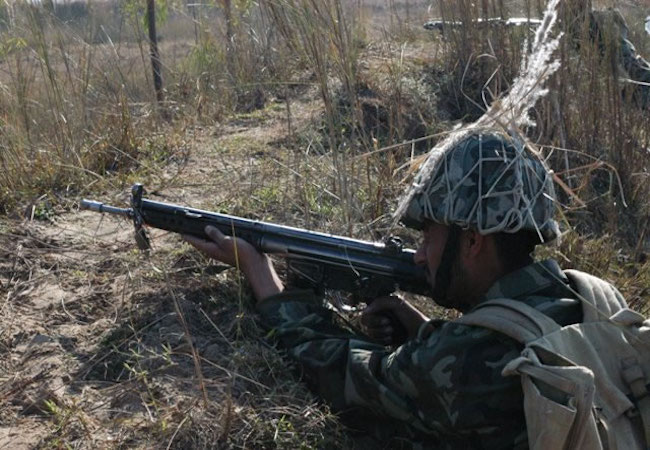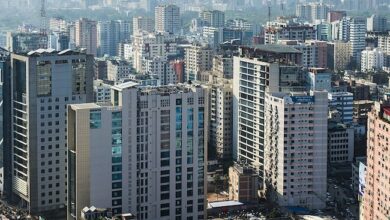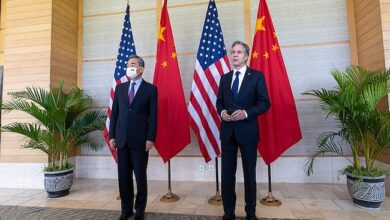Pakistani forces kill over 100 terrorists following bombing killing nearly 90 people

Pakistani army said on Friday that nearly 100 terrorists have been killed since a suicide bomber killed nearly 90 people the previous day.
“The Intelligence Based Operation and combining operations are in progress across the country including Punjab. Over 100 terrorists have been killed since last night and sizeable apprehensions also made. Details will be shared,” the army spokesman said.
He said ordered by the chief of the army staff last night, response to the recent terrorist incidents is in progress across the country.
He said the intelligence agencies are making progress to unearth networks behind recent terrorist incidents and the outcome will be shared.
He said there are linkages of support for these incidents from across the border, adding that the border with Afghanistan has been closed since last night due to security reasons.
“No cross border and unauthorized entry will be allowed to Pakistan from Afghanistan,” the spokesman said.
He said the security forces have been given special orders in this regard to have strict watch all along the border.
The spokesman said Afghan authorities have been given a list of 76 terrorists who are hiding across border since long and planning, directing, supporting terrorist activities in Pakistan.
“Afghan government has been asked to target them and hand them over to Pakistan,” he said, adding that terrorists’ hideouts on Pakistan-Afghanistan border have been effectively targeted.




